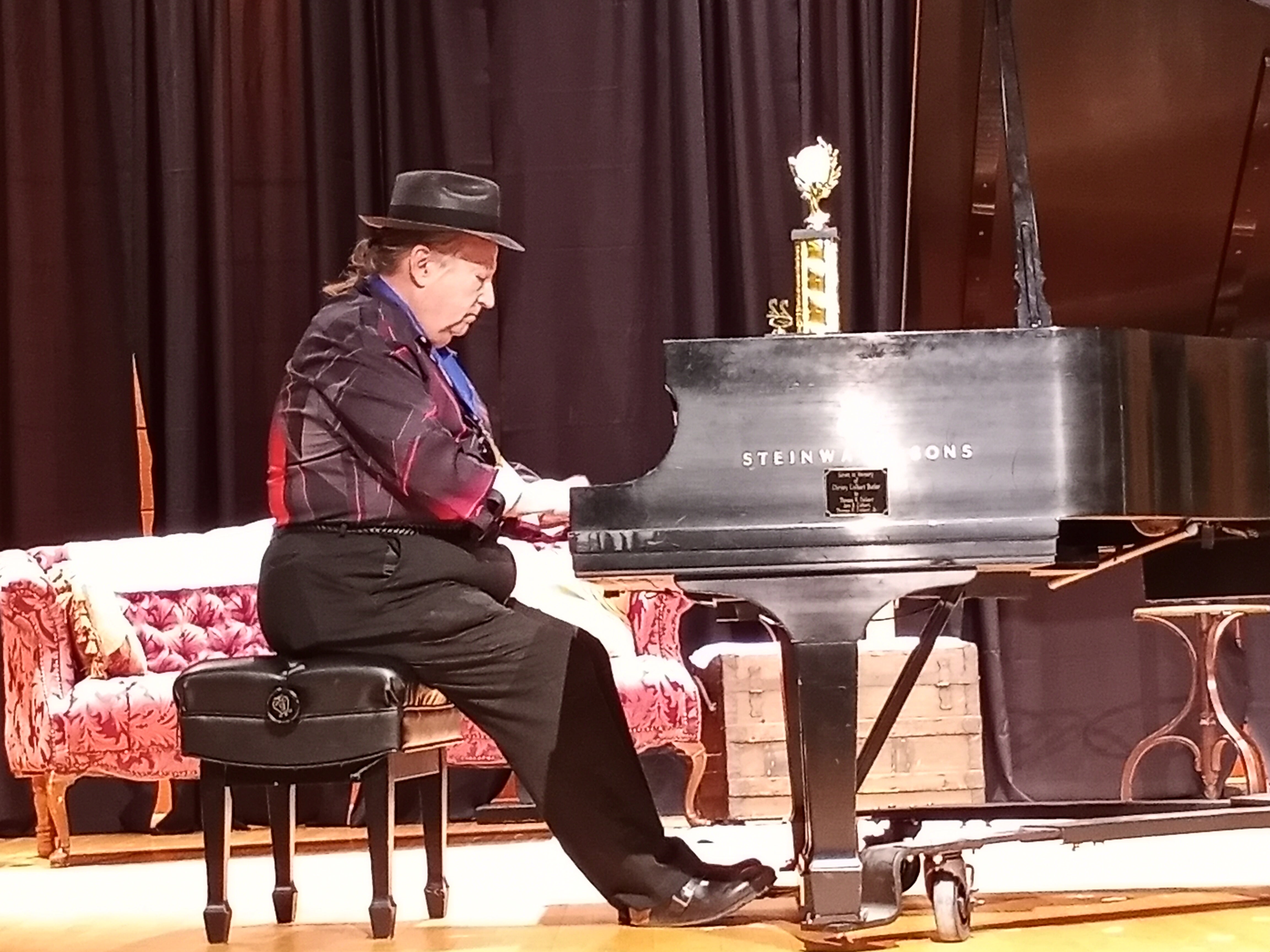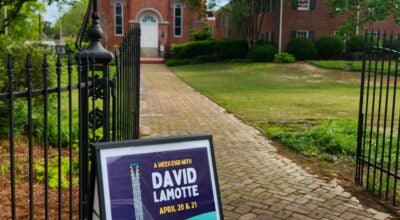Shakespeare’s first and second folio on display at UM
Published 12:00 pm Friday, April 8, 2016

- University of Mississippi The first and second folio of William Shakespeare are on display at the Gertrude C. Ford Center for the Performing Arts.
By Christina Steube
University of Mississippi
The University of Mississippi celebrates William Shakespeare this month with exhibitions of two rare books containing some of the first printed copies of the Bard’s best-known works.
The observance kicks off Monday with “First Folio! The Book that Gave Us Shakespeare,” a landmark exhibit at the Gertrude C. Ford Center for the Performing Arts. The university’s J.D. Williams Library is supplementing this exhibit with the purchase and display of Shakespeare’s Second Folio.
The First Folio is the term scholars use to describe “Mr. William Shakespeares Comedies, Histories, & Tragedies,” a collection of 36 plays published in 1623. It includes 18 previously unpublished works, including “Macbeth,” “Julius Caesar” and “Twelfth Night.” Only 233 copies of the book are known to exist.
In commemoration of the 400th anniversary of Shakespeare’s death, the Folger Shakespeare Library is sending a copy of the book for display in each state. The Ford Center is the chosen location for Mississippi.
“We are honored to have been selected to host the First Folio,” said Kate Meacham, Ford Center marketing director. “It’s a great opportunity for students and the community to see a piece of history. We hope as many people as possible see the exhibit and take advantage of all the different ways to learn more about Shakespeare.”
The exhibit begins with an opening reception at 6:30 p.m. Monday, featuring comments by Chancellor Jeffrey Vitter and Owen Williams of the Folger Library. The folio will remain on display through May 1. It is free and open to the public in the Ford Center’s Studio Theatre.
The celebration will include performances and workshops in addition to the exhibit.
Visitors will see the original 1623 book, opened to the “to be or not to be” speech from “Hamlet.”
“With this as the centerpiece, our host sites across the nation have developed exciting original programming through which we hope that Americans of all ages can engage with Shakespeare, deepen their love of his language and discover how understanding his world helps us understand our own,” Williams said.
Thanks to a gift from the Gertrude C. Ford Foundation, the university also has acquired a rare volume of the Second Folio, making it a permanent part of the university’s collection. It is on display in the Department of Archives and Special Collections in the J.D. Williams Library.
Published in 1632, the Second Folio is an updated version of the First Folio. This rare copy belonged to Edwin Booth, one of history’s most illustrious Shakespearean actors, and the brother of John Wilkes Booth, the man who assassinated President Abraham Lincoln.
Edwin Booth was known for a more textually accurate use of Shakespeare’s works in his theatrical performances, a practice which was unusual for the 19th century. It is likely the actor consulted this volume in preparation for his lauded portrayals of characters such as the tragic Hamlet, historians say.
The Second Folio was purchased from the collections of the New York’s Players Club, a social group for actors founded by Booth, which had engaged the auction house Sotheby’s to negotiate on its behalf. The book, purchased with a $150,000 donation from the Ford Foundation, had an original estimate between $300,000 and $500,000.
The acquisition was completed thanks to the efforts of Rene Pulliam, interim chair of the Department of Theatre Arts; Rhona Justice-Malloy, theatre arts professor; Provost Morris Stocks; and Associate Provost Noel Wilkin, said Jennifer Ford, head of special collections and associate professor.
The folio will be valuable to help recruit students and scholars interested in the arts, history and literature research, Justice-Malloy said.
“It’s a big deal to be able to say we have not only the Second Folio, but Edwin Booth’s copy,” she said. “It will be a point of pride for us and scholars and students can actually use this. I would like to extend an enormous ‘thank you’ to the Ford Foundation for making this possible.”





